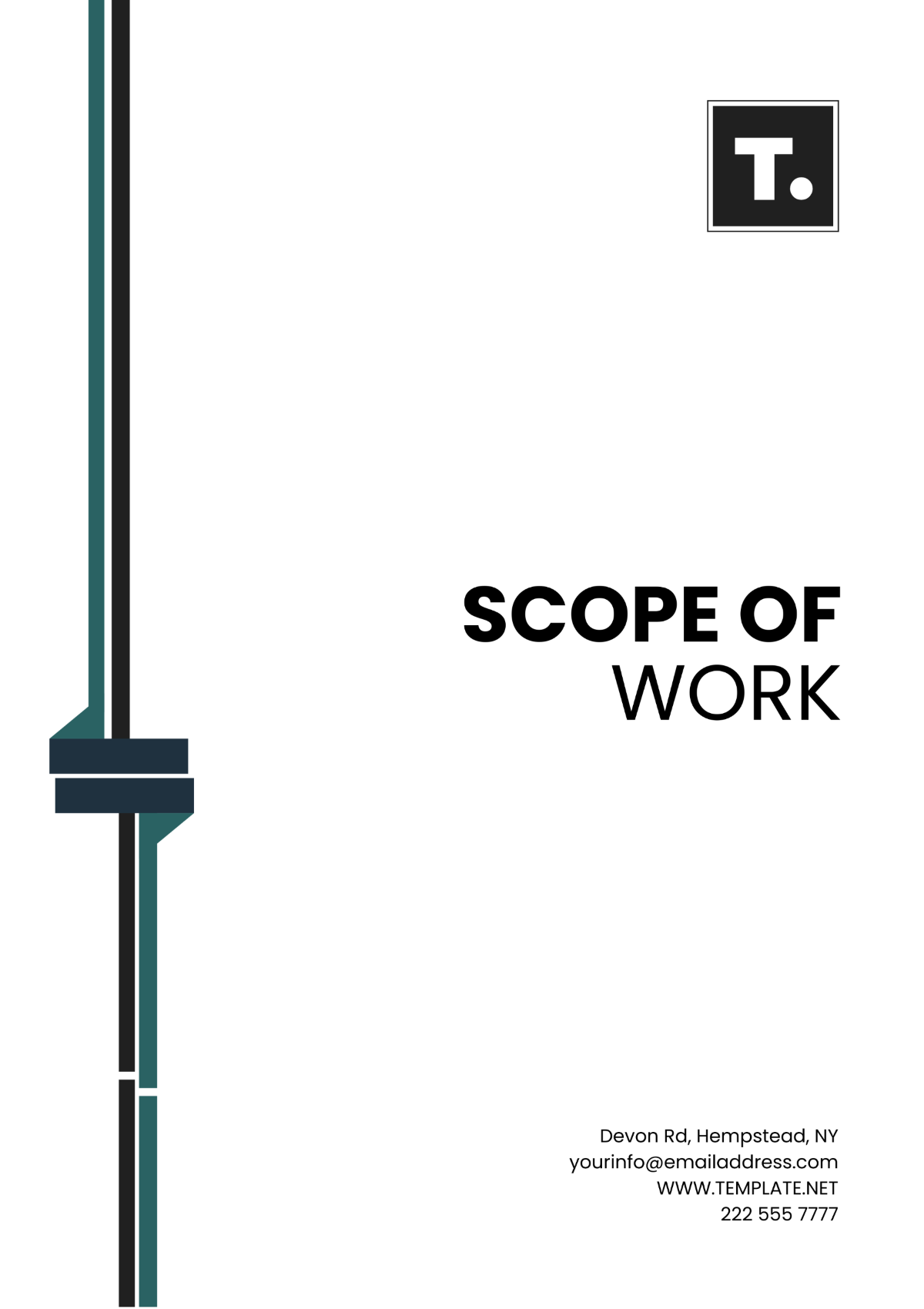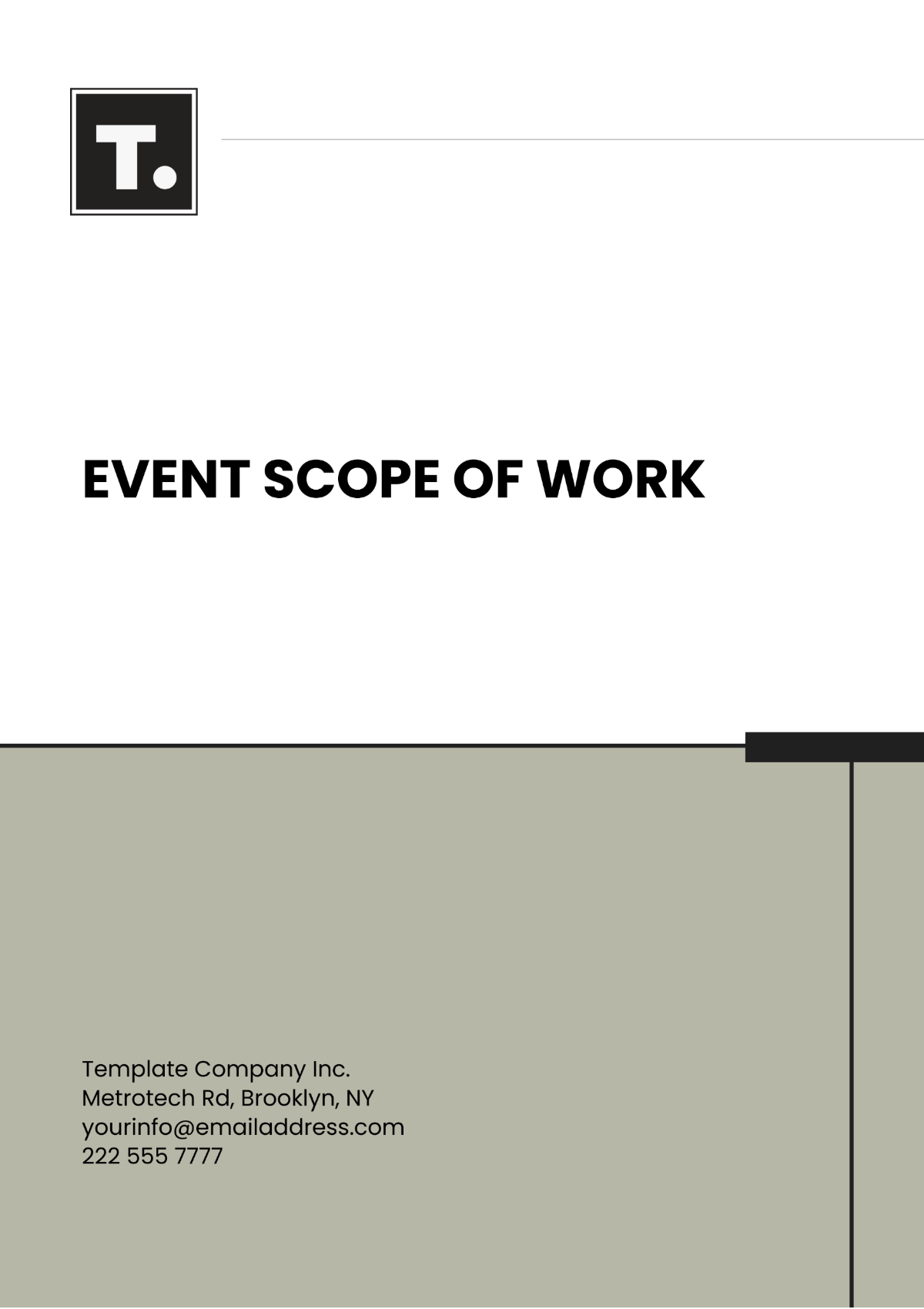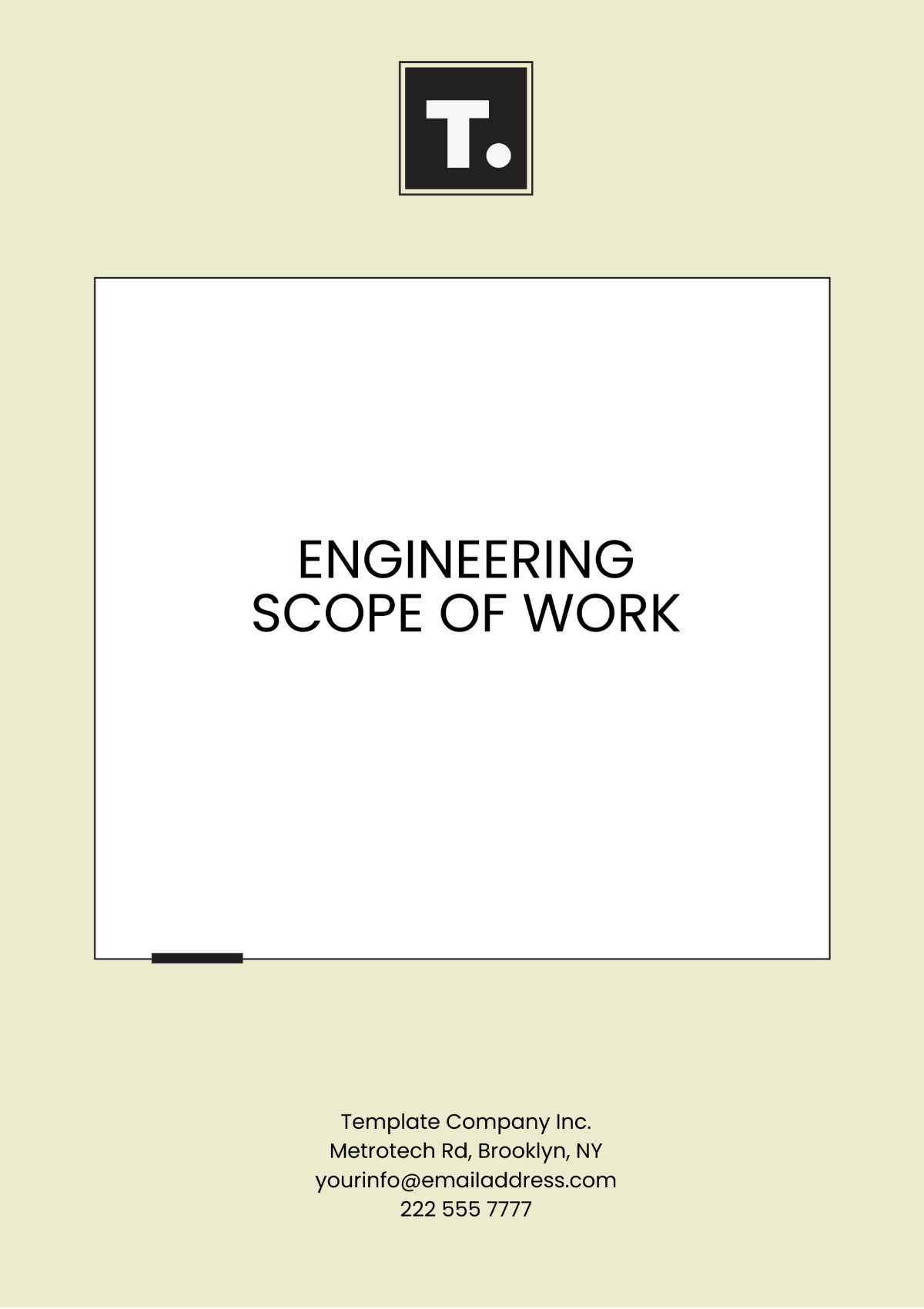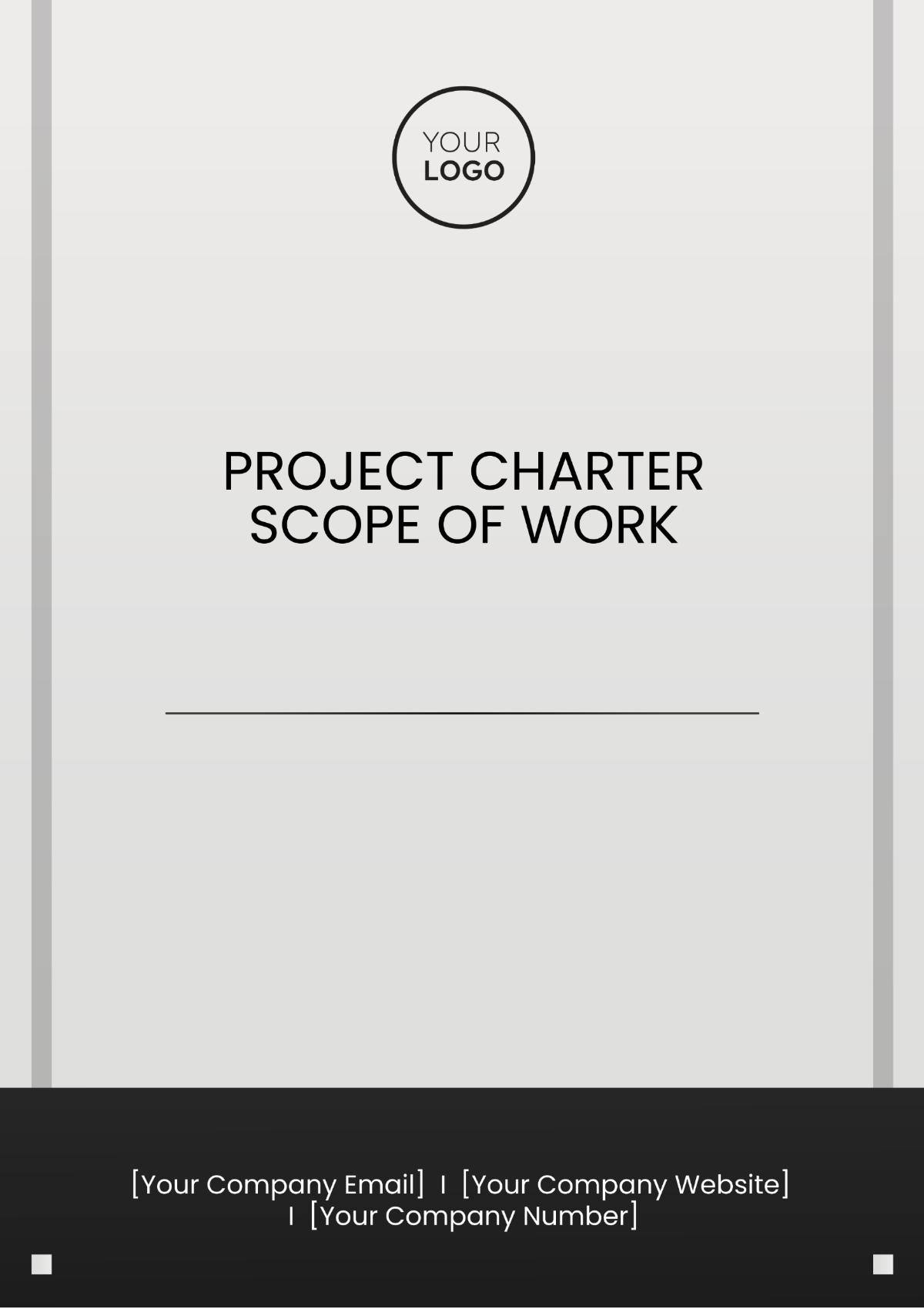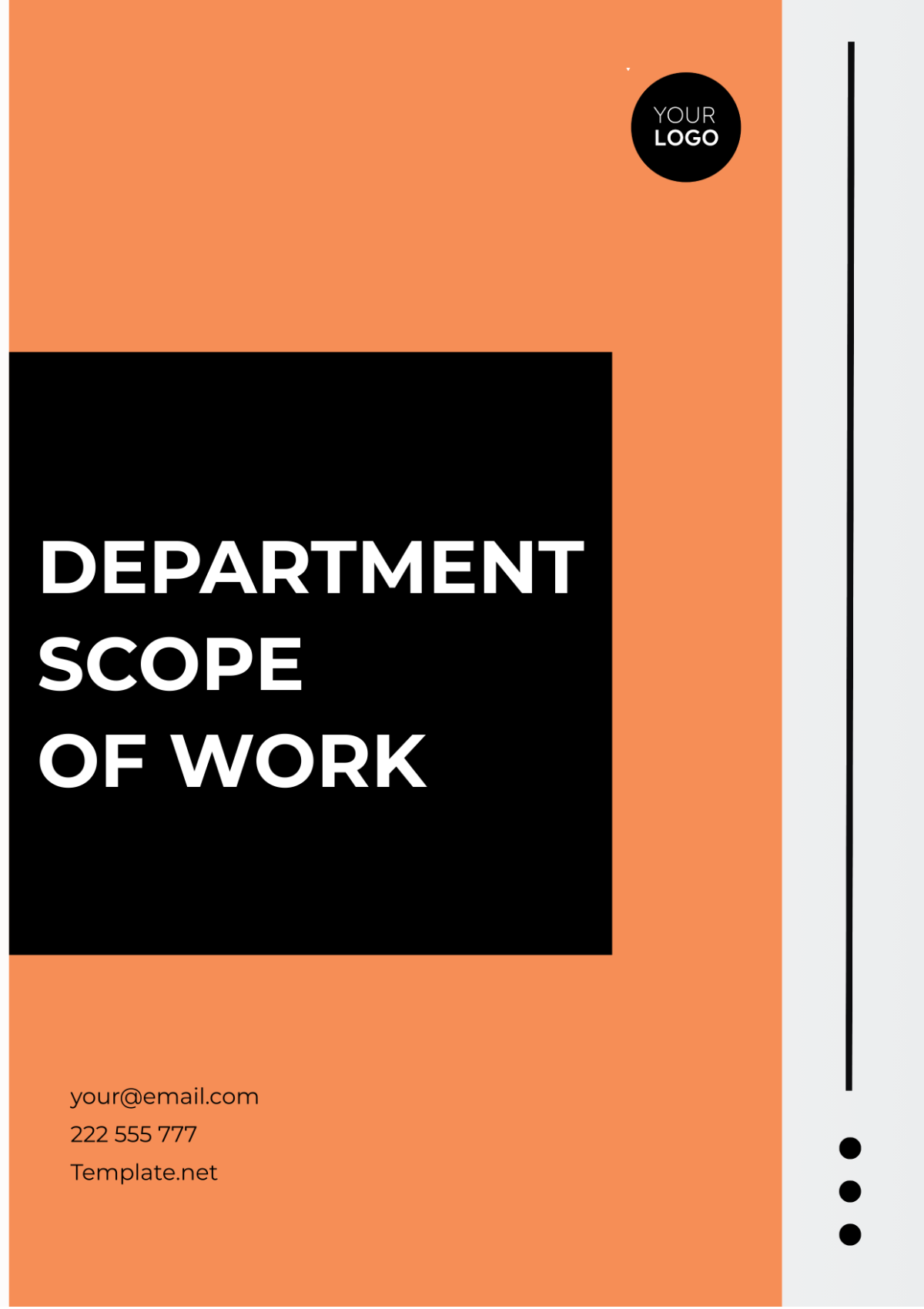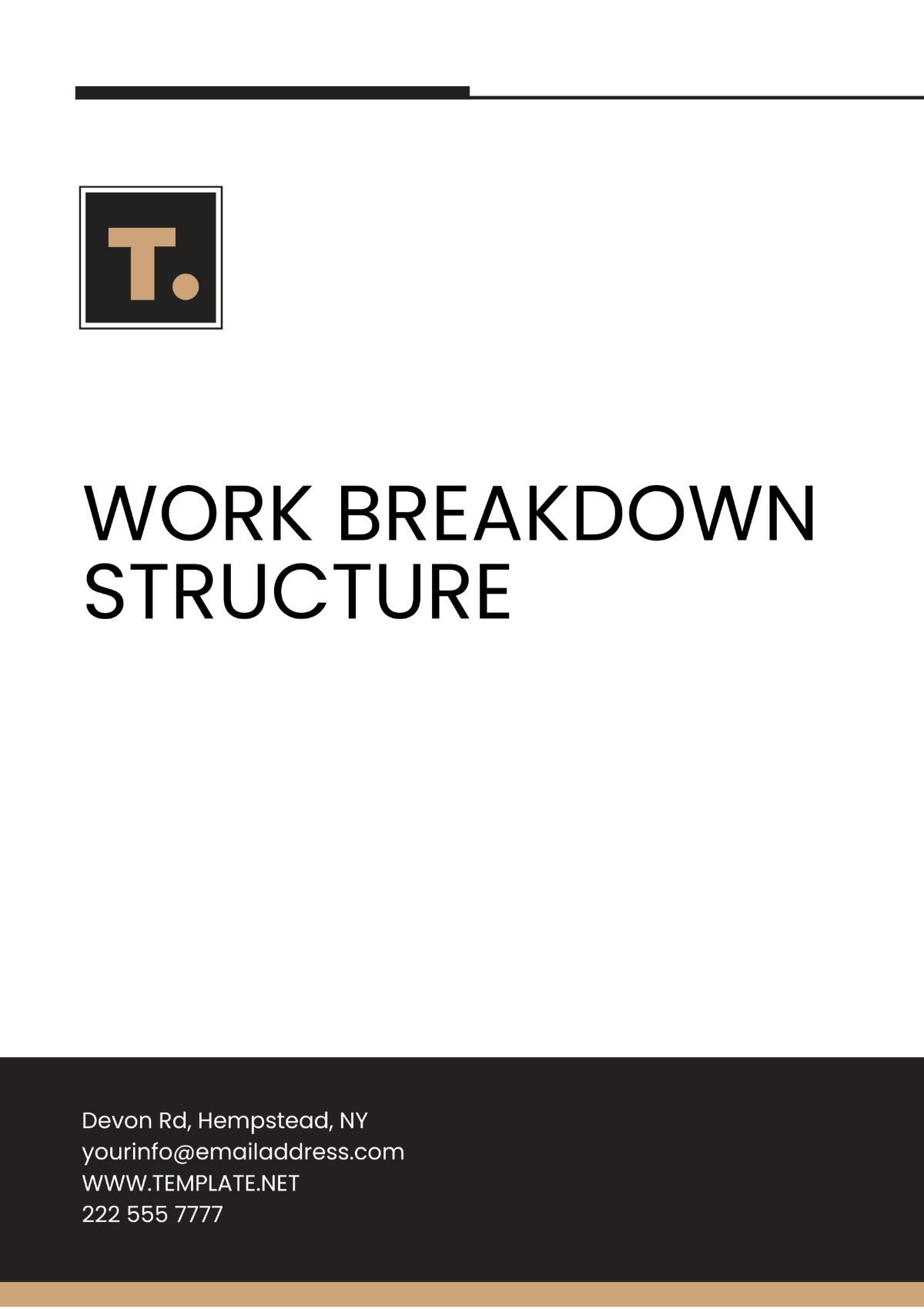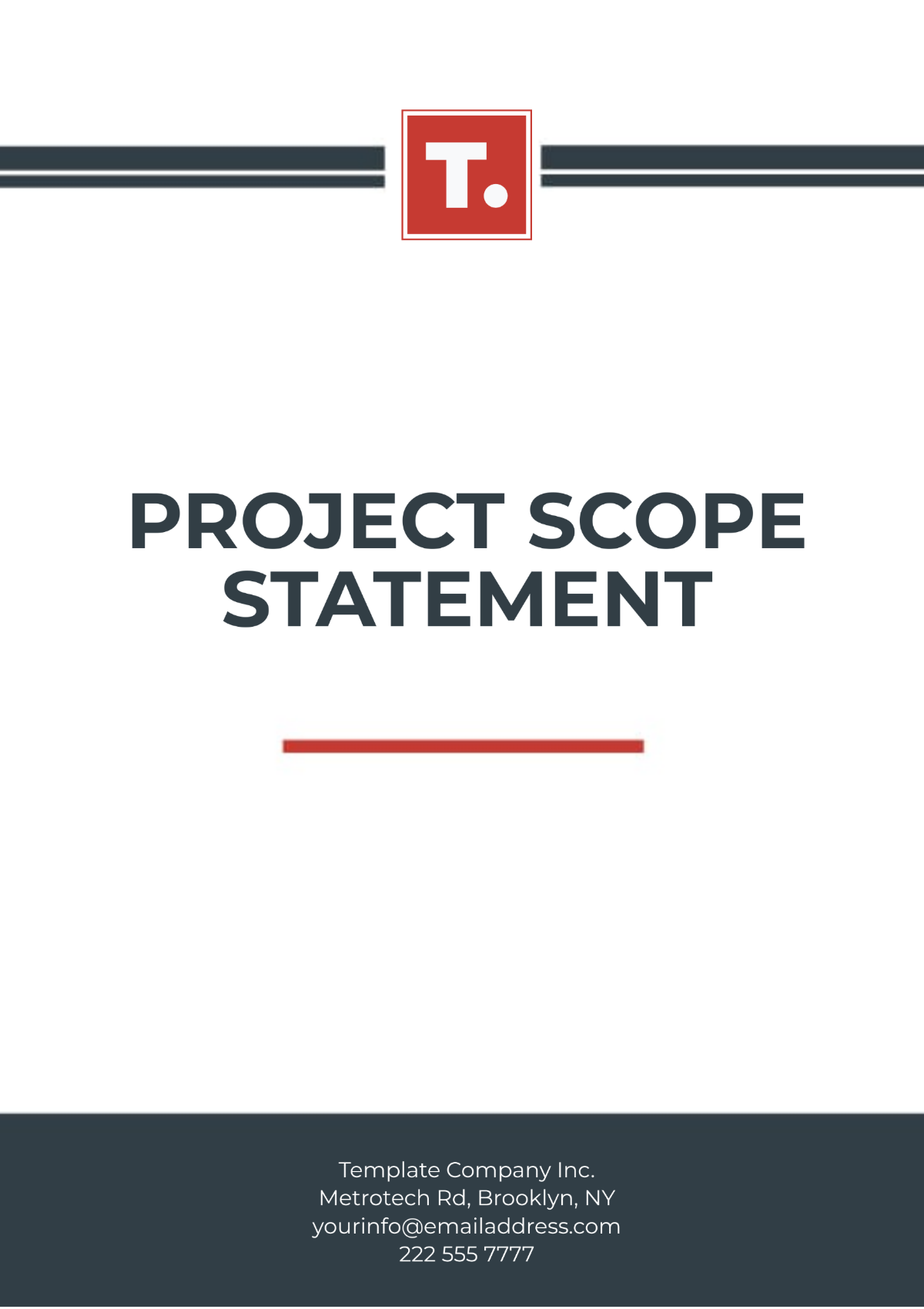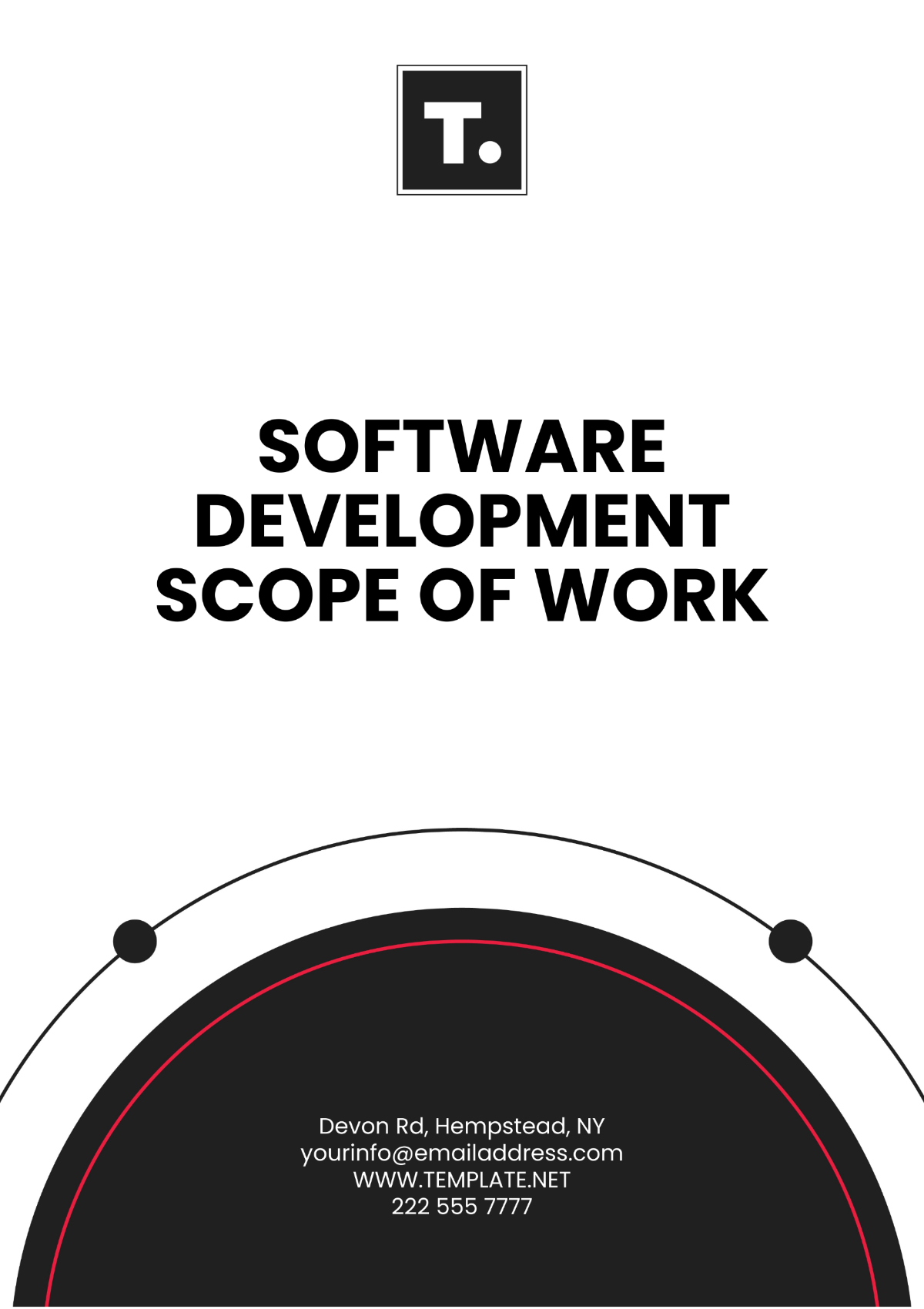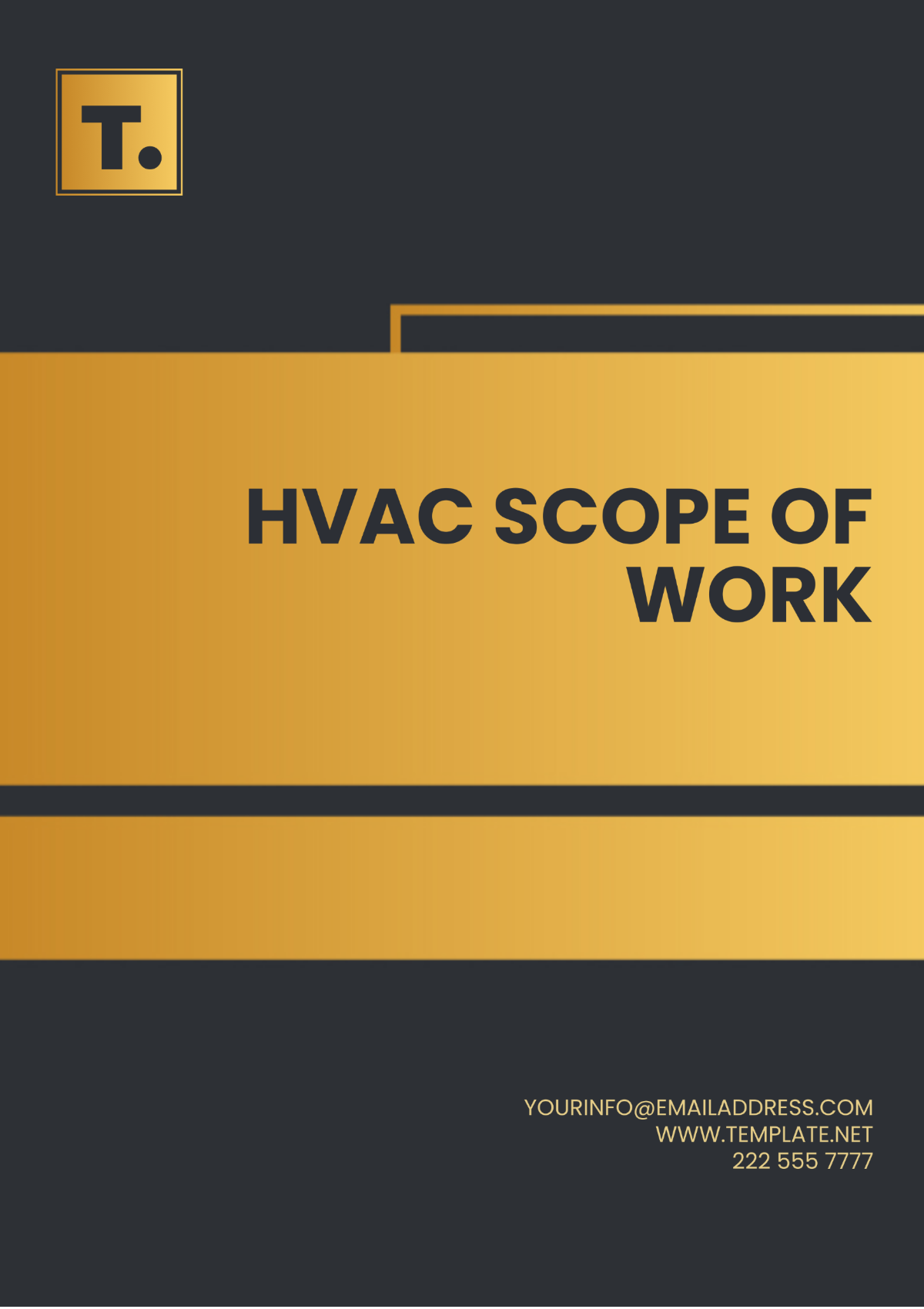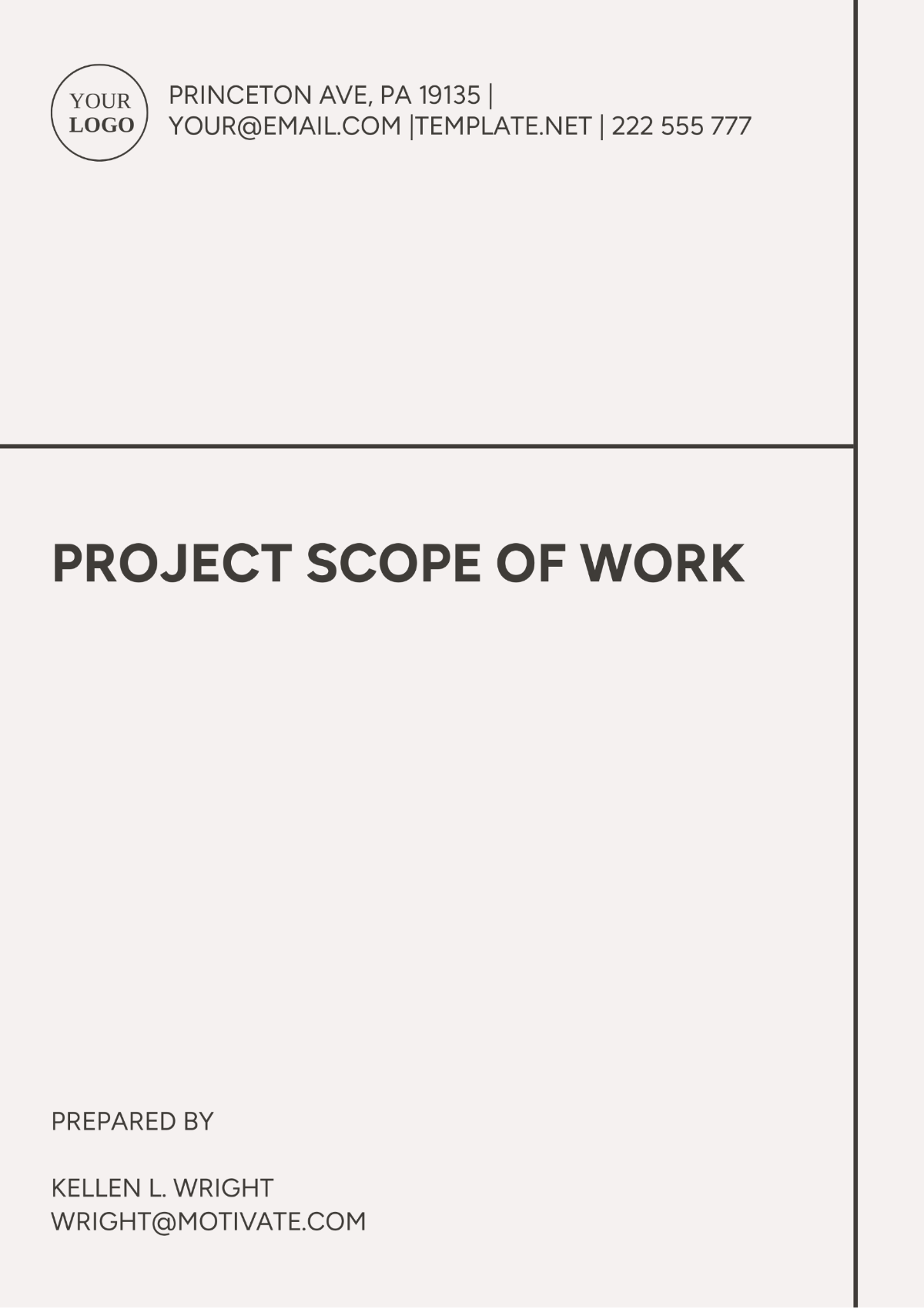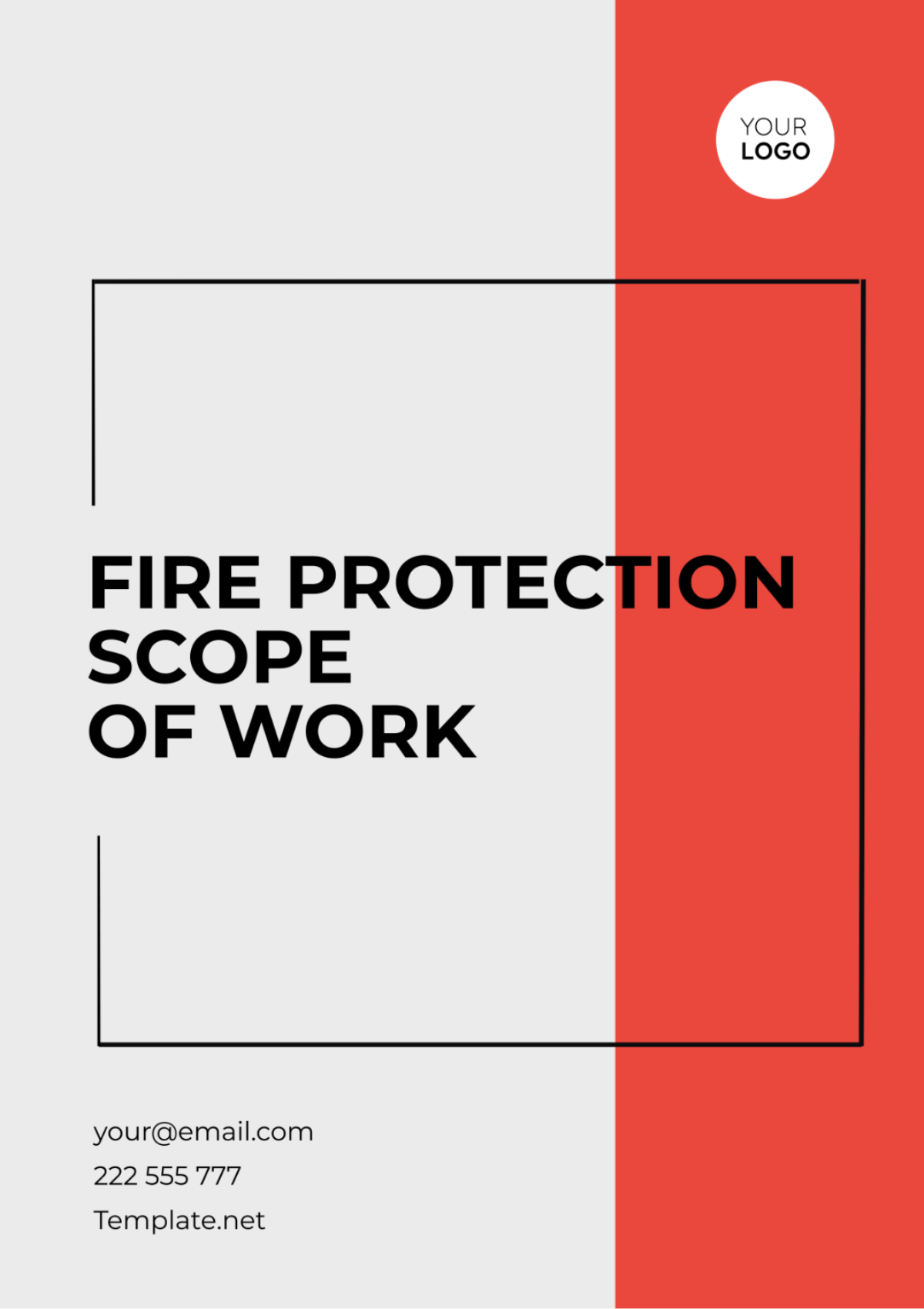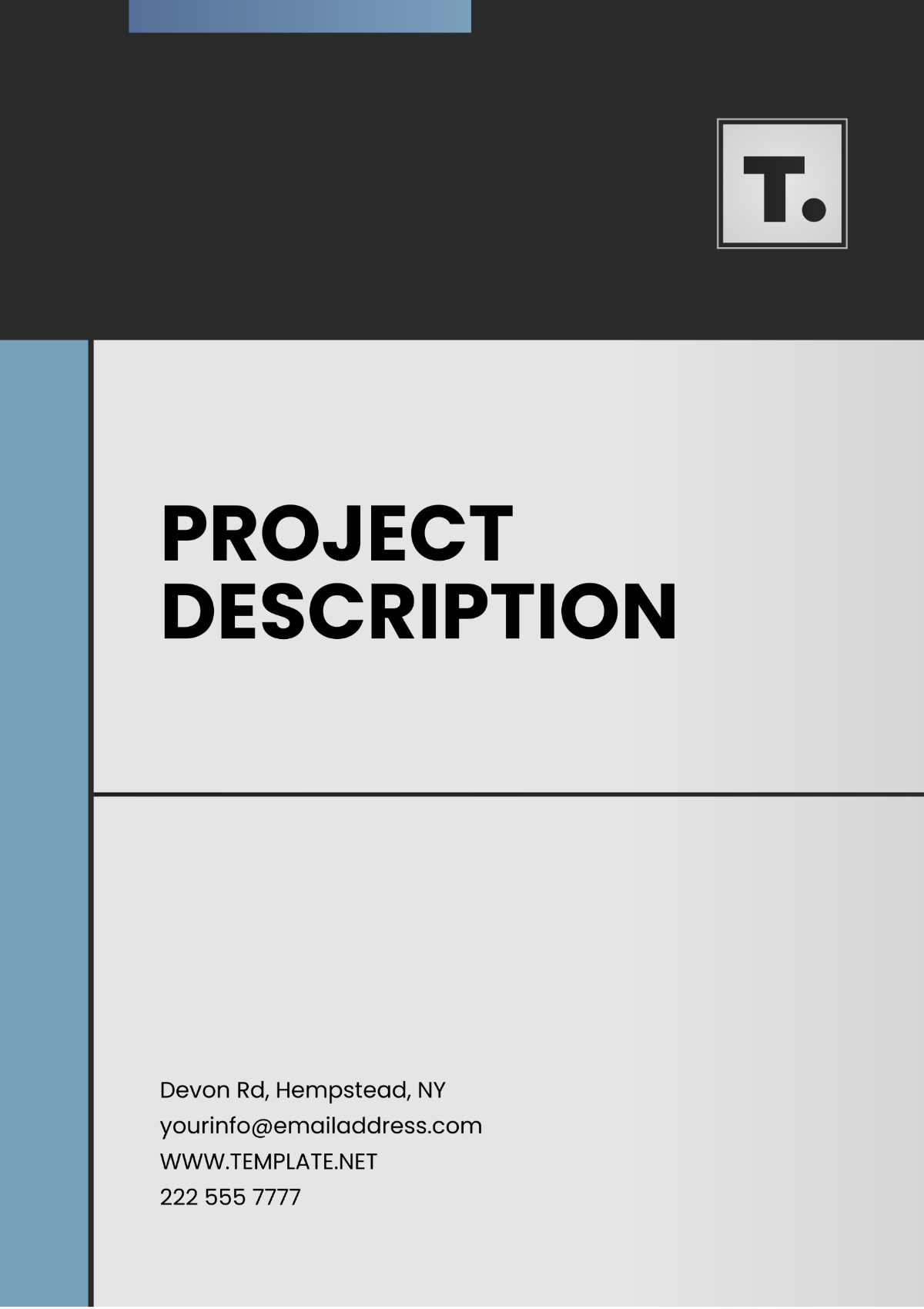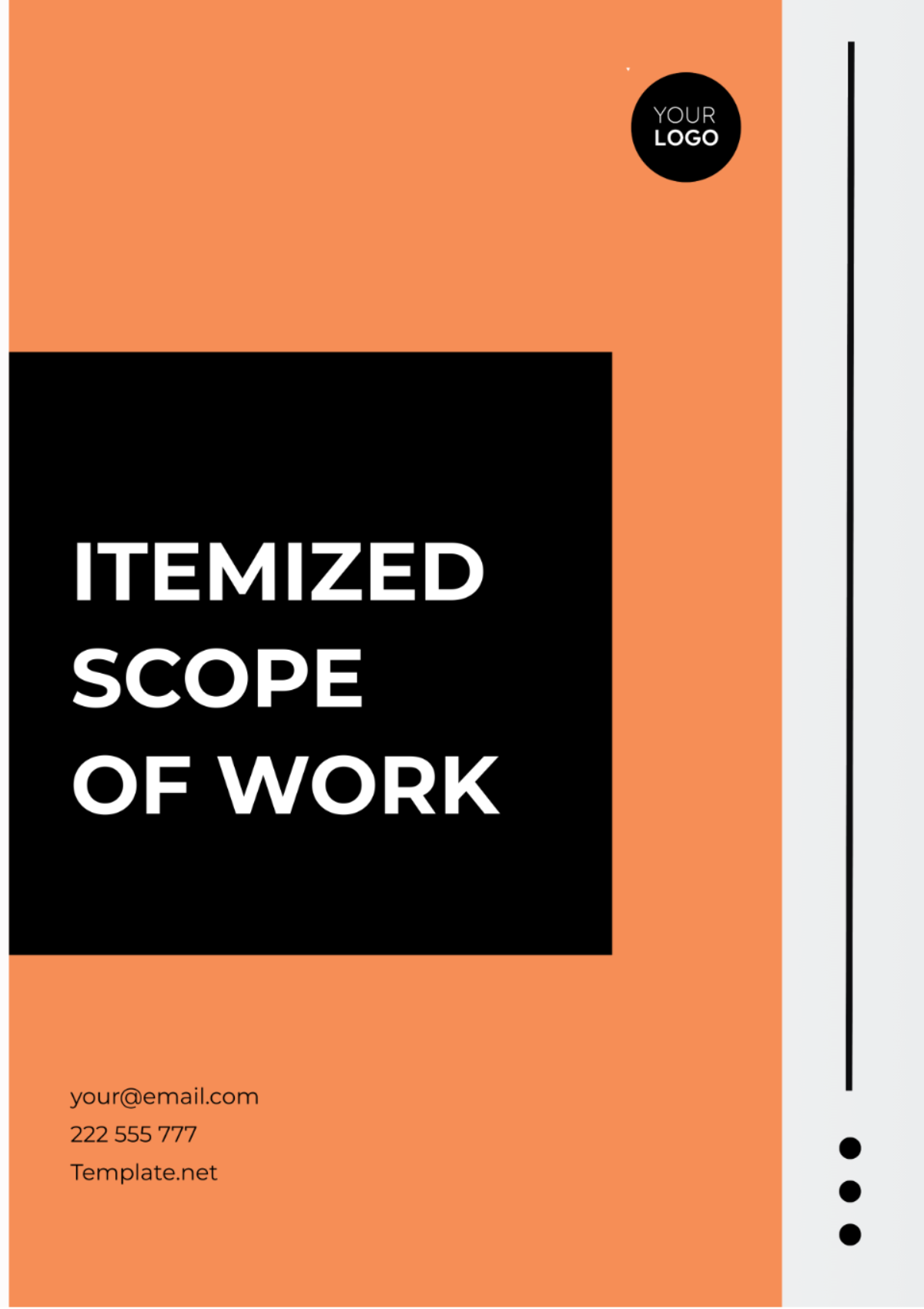Fire Protection Scope Of Work
Project Overview:
The Fire Protection Scope of Work outlines the requirements for installing fire suppression, detection, and alarm systems for the new commercial building located at [LOCATION]. The project aims to enhance fire safety and protect occupants, assets, and property from the risks of fire-related incidents.
Project Objectives:
Design and install fire suppression systems to suppress and control fires effectively.
Implement fire detection and alarm systems to provide early warning and facilitate timely evacuation.
Ensure compliance with fire safety codes, regulations, and industry standards.
Coordinate with other disciplines and trades to integrate fire protection systems seamlessly into the building's infrastructure.
Conduct testing, commissioning, and training to verify system performance and ensure readiness for occupancy.
Scope Details:
Fire Suppression System Design:
Evaluate fire hazards and occupancy classifications to determine appropriate suppression methods (e.g., sprinkler systems, clean agent systems, foam systems).
Design hydraulic calculations and pipe layouts to ensure adequate coverage and water supply.
Specify suppression system components, including sprinklers, nozzles, valves, pumps, and tanks.
Fire Detection and Alarm System Design:
Conduct risk assessments to identify detection requirements and zoning considerations.
Design fire alarm system layouts, including detectors, control panels, annunciators, and notification devices.
Specify detection technologies (e.g., smoke detectors, heat detectors, flame detectors) based on occupancy and environmental conditions.
Procurement and Material Management:
Prepare material specifications and procurement schedules for fire protection equipment and components.
Coordinate with suppliers and vendors to ensure timely delivery of system components.
Verify compliance of procured materials with project specifications and industry standards.
Installation and Integration:
Mobilize construction crews and equipment to the project site.
Install fire suppression systems, including piping, valves, fittings, and associated equipment.
Mount and connect fire detection devices, control panels, and alarm notification appliances.
Coordinate with electrical, HVAC, and building automation systems for integration and interface requirements.
Testing and Commissioning:
Conduct functional testing of fire suppression, detection, and alarm systems to verify proper operation.
Perform acceptance testing and inspections in accordance with regulatory requirements.
Document test results, system configurations, and equipment warranties for record-keeping and compliance purposes.
Project Timeline:
Task | Duration | Start Date | End Date |
|---|---|---|---|
System Design | 6 weeks | 04/01/2024 | 05/12/2024 |
Procurement and Material Mgmt | 4 weeks | 05/13/2024 | 06/07/2024 |
Installation and Integration | 12 weeks | 06/08/2024 | 08/30/2024 |
Testing and Commissioning | 4 weeks | 08/31/2024 | 09/27/2024 |
Deliverables:
Fire suppression system design drawings and specifications.
Fire detection and alarm system design layouts and specifications.
Material procurement schedules and documentation.
Installed fire protection systems as per approved drawings and specifications.
Testing and commissioning reports, including acceptance test results and system documentation.
Budget Allocation:
Task | Estimated Cost ($) |
|---|---|
System Design | $40,000 |
Procurement and Material Mgmt | $20,000 |
Installation and Integration | $120,000 |
Testing and Commissioning | $30,000 |
Contingency | $10,000 |
Total Project Budget | $220,000 |
Project Team:
Fire Protection Engineer: [Name]
Design Drafters: [Names]
Procurement Specialist: [Name]
Installation Technicians: [Names]
Commissioning Engineer: [Name]
Communication Plan:
Regular progress meetings, site visits, and coordination with stakeholders will ensure effective communication throughout the project duration.
Conclusion:
The successful implementation of this Fire Protection Scope of Work will enhance fire safety measures within the commercial building, mitigating the risks of fire-related incidents and ensuring the protection of occupants and property.
Signature:

Date:[DATE]
